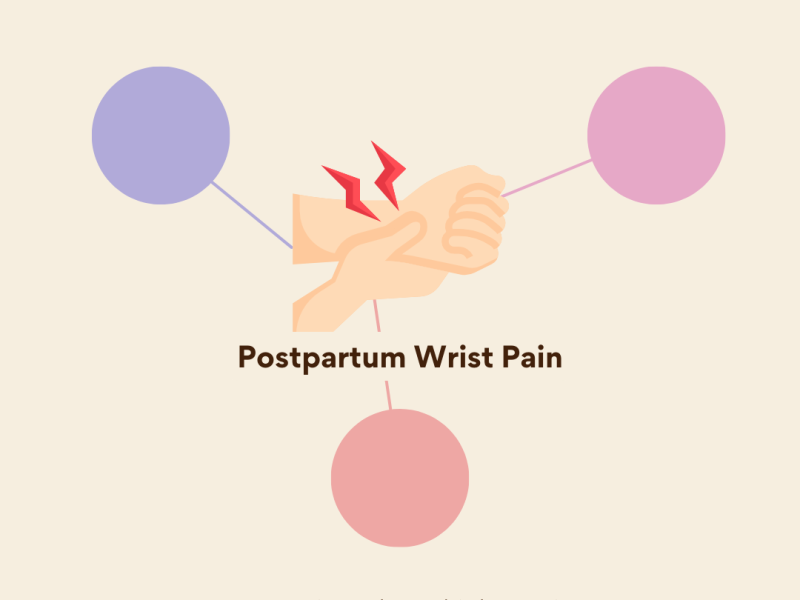Thanks to the kindness of Blaire at the Parenting Series, which runs many online events where parenting experts share their best tips + tricks, I was able to attend a recent webinar done by Ahuva Magder Hershkop, RD (Registered Dietitian) on picky eating in children. I learned a few things from her talk that I thought I would share because I think this information is valuable for all parents, no matter the age of your child.
*Disclaimer: This blog is intended for informational purposes only. The information on this blog should not be used as a substitute to medical advice or medical treatment. As always, your Primary Care Provider, a doctor, or another health professional is your best resource for specific questions and medical advice. If you believe you or a loved one are experiencing a medical emergency, please contact 911.*
Please note that all information below unless otherwise linked is credited to Ahuva as above.
THERE IS NO RIGHT WAY TO WEAN – BLW, PURÉES, MIXED – DO WHAT WORKS FOR YOU
One very common misconception about starting solids is that only one way is the “right” way. It’s ridiculous that there is so much judgment out there for the way you start your baby on solids. Some hardcore people from different schools of thought or “camps” (BLW, purée, mixed method, I’m sure there are others…) seem to think it’s their way or the highway. Well, it isn’t.
There are pros and cons to both methods of feeding and you need to do what works best for you AND most importantly, your baby (since they are the ones y’know, eating the food, after all…), according to Ahuva.
Research currently does not recommend a food to start with, nor a method. And the risk for choking, according to a study from 2016 by the American Academy of Pediatrics, does not appear to be increased with BLW. Our focus, as parents, should be less on how we feed baby, and more on supervision and what to avoid feeding baby.
It should also be on making sure baby is interested and engaged with the food we are feed, whichever way we are feeding it. Ahuva used a great analogy – the kissing analogy. When you go in to kiss someone, you do 99% and they should do 1% (isn’t that something from the movie Hitch?) – this is the same if you’re spoon-feeding baby. With BLW, baby can also show you if they are not interested in a food… by launching it off the high chair (and/or feeding it to the dog).
To help make the right decision for you and your family, Ahuva recommends having the discussion about starting solids early – at the 2 or 4 month appointment with your provider.
WE, AS PARENTS, REALLY HAVE NO IDEA HOW MUCH OUR KID SHOULD BE EATING – AND THAT’S OKAY. THERE ARE OTHER WAYS TO MAKE SURE THEY ARE GETTING WHAT THEY NEED.
Another common misconception among parents is that we know how much our child needs to eat. Adult eating and child eating are so different though and I think we often forget that.
According to Ahuva, children follow “intuitive eating” which means they eat when they’re hungry and stop when they become full. It’s something many adults aspire to, however we are often overly influenced by things like media advertisements for food, or sometimes even just seeing the golden arches as you drive down a road can be enough to trigger your “appetite” (or so you think).
We need to remember that children eat like this, AND that they all have different nutritional needs. The best way to make sure they are getting what they need is to attend your regular appointments with your provider, and look at growth change over time.
SPEAKING OF GROWTH… WEIGHT IS NOT NECESSARILY THE BEST INDICATOR OF GROWTH.
Growth charts can be confusing. I have actually planned to do a blog post on them for some time because Maggie had some “struggles” with her weight as a newborn, and has consistently remained around the 35th percentile for weight since about 2 months. However, she’s growing a long her curve – and that’s what matters.
Change over time, and tracking along their growth curve is what we’re going for – not so much their weight or height at one individual point in time, per Ahuva. Being in the 10th or 20th percentile is not a bad thing – what your doctor or provider is looking at is the trend in growth over time. If a child who was consistently in the 90th percentile dropped to the 10th percentile, that is concerning. However, if a child stays around the 10th percentile always – that just means that 10% of boys/girls your babies age weigh less than your baby on average.
This is not a reflection of their growth or development – it’s the trend over time that shows this. If you’re concerned about where your child falls on the growth chart – talk to your provider. They would be happy to explain how it works and what it means to you.
AS A PARENT, YOU SHOULD BE CONCERNED ABOUT OFFERING A VARIETY OF FOODS. LET YOUR KID BE CONCERNED ABOUT THE VOLUME.
“My kid will only eat _________” (goldfish, hot dogs, carbs – being common options, according to Ahuva). As I mentioned, children eat using intuitive eating – so they will eat until they are full.
Many parents worry so much about the amount their child is eating, that they will continually offer the same food just so that they are eating something. Ahuva says to avoid this, and instead concern yourself with offering a variety of foods. If you offer the same food repeatedly, then your child will only recognize this food because they constantly see it.
So parents – worry about variety, and let your child worry about volume. This can be tough because I think we worry our kid is “starving” – however, Ahuva says that we often have a skewed view of this because we are comparing it to ourselves and our needs. Let your child eat intuitively, and don’t set markers for volume. Again – any concerns about growth can be discussed with your provider, or a registered dietitian.
I REPEAT – DON’T SET MARKERS FOR VOLUME OF FOOD EATEN. “EMPTY YOUR PLATE BEFORE YOU LEAVE THE TABLE” ARE NOT WORDS YOU SHOULD LIVE BY.
INTUITIVE EATING. We want kids to listen to their bodies when they’re eating, not external cues like how much is left on their plate.
Ahuva explained that by telling your child they can’t leave the table until their plate is empty, you’re teaching them to use this as a marker of fullness, instead of their actual sensation of satiety. According to research, this can cause problems later in life with satiety/food intake control and may be involved in obesity and overeating.
Asking your child to sit until they finish their plate may also be challenging, says Ahuva, since their attention span is only (maximum) about 20-30 minutes depending on their age. You may also be causing them stress by asking them to “eat 3 more bites” or “finish their plate”.
HAVING SET MEAL TIMES IS IMPORTANT IN REDUCING STRESS.
You may or may not be a scheduled person – if you are, you as a parent probably like having set meal times because it helps you keep your day moving along at the proper pace. Ahuva says that having set meal times is also important for your children and their stress levels. By having set times for meals, your child can know what to expect.
Allowing your child to graze all day is not recommended – one because allowing your child to eat while they are playing, for example, is a choking risk. It also reduces their desire to eat at actual meal times, according to Ahuva. Eating should be done safely – depending on the child’s age and their needs – and with limited distractions.
Not every child will sit happily at the table to eat though – Ahuva gave some good tips. She uses a timer in her own home, and gradually increased the desired sitting time from 5 to 10 minutes. She also said a low-distraction toy (nothing with a screen or that makes loud noises), like a fidget spinner or whatever is age appropriate, can be given. Talking with your child at the table can also help increase their social skills, and it may also increase their attention span for table time.
Set times is even beneficial from the very beginning – however, this doesn’t mean you need to have 3 meals a day right off the bat. Do what works for your family + as advised by your provider. This could mean having the one solids meal at the beginning at the same (or so) time everyday.
AND STRESS FOR PARENTS DURING MEALS IS COMMON, BUT SHOULDN’T BE EXPECTED.
That’s right – although many families experience stress during meal times, this shouldn’t really be an expected occurrence. There are many factors that can contribute to stress, says Ahuva, including having a picky eater at your table who you feel you have to appease, having a child with allergies, or just feeling overwhelmed/busy as a parent at meal times.
Ahuva recommends that if you feel your stress is at a 5 out of 10 or greater during meals, you should seek assistance from an RD or your provider to manage this.
If you’re in Canada, you can use the “Find a Dietitian” search on dieticians.ca to help find a Registered Dietitian near you. A similar resource is available for the US here (note that RDs and RDNs in the US are two designations for the same certification).
So there you have it! A few pointers on helping you and your kids have a more stress-free meal environment. If you have any questions about this information, please check out Ahuva’s instagram page or her Facebook page here. Any specific questions about your child should be directed to your provider.





Leave a comment